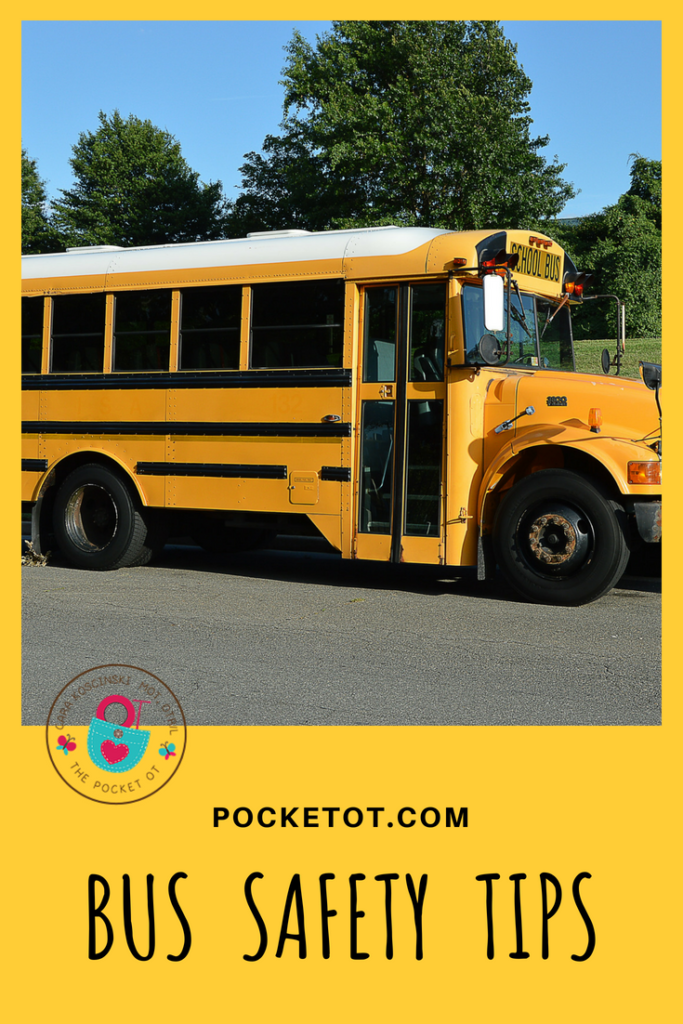
20 Snowman Crafts
Who wants to build a snowman? We do! This week we’ve rounded up some snowman crafts and activities. Each link contains a fun…

The start of school is approaching and children will begin their daily commute to and from school riding the bus. It’s an exciting time since many children seem to love to ride the school bus. Since preparation is important, let’s take a moment to prepare your children for what to expect. The sooner you can inform your children about bus riding safety tips, the better prepared they will be to use and implement them in their daily lives. Here are some super simple bus tips.
Stay in your seat. This may be a safety tip that you have to go over a few times with your little one, but it’s one of the most important ones. Your child may notice the other children standing up, or changing seats throughout their time on the bus, but let your child know that it isn’t safe. The driver can become distracted or your child can fall in the aisle resulting in an injury.
Tell the bus driver if someone is bothering you. It’s hard for the bus driver to be able to monitor all the kids on the bus. There is only one of them and many children to get home safely and monitor. If your child is having issues with someone on the bus, tell them to report it and get help. My own son was bullied on the bus. It can and may occur.
Try our SCHOOL-EAZE CD download to prepare kids for school sounds. It’s NOT a formal listening program but a fun way for kids to hear and control sounds commonly heard at school. Included are cafeteria, class change bell, fire drill, school bus, and many more!
Never get off at a stop that isn’t your home. The world is a big place, and your child may be tempted to try to get off at a stop that isn’t theirs or schedule an impromptu playdate with a friend without informing you in advance. The school bus will stop many times along the way so it’s important to educate your little one that the only stop that they should get off the bus at is the one right outside your home (or other designated pickup area). The bus driver typically is aware of students that are supposed to be getting on and off at certain stops, but at the beginning of the year, it can be confusing until everyone gets used to one another and the schedule.
When exiting or entering the school bus, if you can’t see the bus driver then there’s a good possibility that the bus driver can’t see you. Condition your child to make certain that they can see the bus driver before crossing the road if they have to. Younger children need to be extra cautious when exiting or entering the school bus as they can be hard to see from the bus driver’s angle and point of view. Your child should always walk and never run when exiting the school bus and make certain that they are watching for traffic and also watching to see that the bus driver can see them, before crossing the road.
Create a story with pictures about the bus. Use photos of the actual bus if possible. Include your child’s name in the story. Read the story and safety tips each day to prepare your child.
These simple bus safety tips are easy to talk to your child about and can give them, and you, peace of mind in knowing that their time on the school bus should be safe and uneventful. If they have questions about riding the bus, take the time to answer them and listen to their concerns. While they may be excited about being able to ride the school bus, they are probably nervous as well, and talking through their questions and giving them safety tips is the perfect way to help them and you out at the same time!




